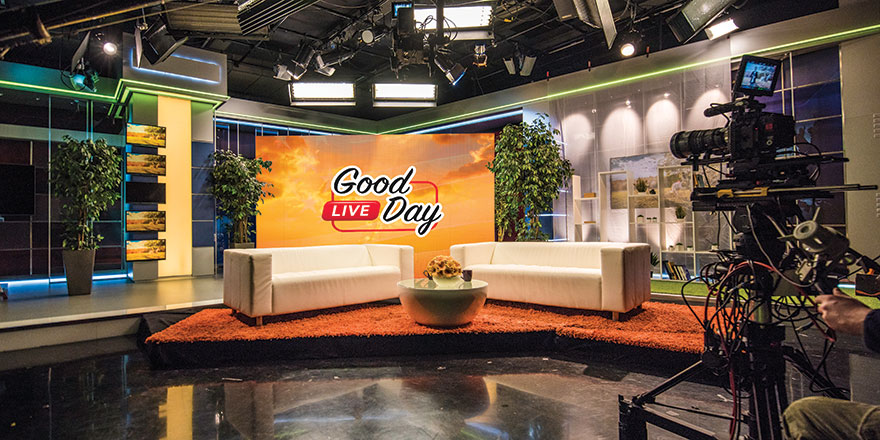Without a doubt, a large video wall is a high-impact strategy for delivering targeted content and capturing the attention of customers, visitors or employees. But an appropriate display type must be chosen according to the installation space and requirements. Here are some examples of selecting the right displays for video walls.
Retail Shops
Video walls in retail shops usually play advertising content for the items sold in the shop, and they must be easily seen by passersby and customers within the shop. Video walls are often used to show product features, colors, and details, and emphasize them from a location that can be easily seen from the customer routes.
Video walls can be used to show the true size of the product and advertise a promotion or a product behind the counter. The lighting in retail shops is usually bright, so it is best to use an indoor display with high brightness. Video walls with high brightness could also be considered for window-facing settings according to the brightness of the sunlight.
Broadcast Stations
The cameras in broadcasting stations capture the videos played on the video walls, so the video walls may require color temperature calibration according to the lighting and camera settings. When a product with no options is selected, it may need to be replaced if the color temperature of the screen is not compatible. Lighting or reflections of people on the surface of the video walls may disrupt screen visibility, so choosing a product with a high haze may be required to prevent reflection. It is better to use a display with a thin bezel since the viewing distance is short and you don’t want any video distortion, but it is necessary to choose a model that fits the customer’s budget when designing the system.
Control Rooms
Narrow bezels are required for video walls in control rooms to prevent video distortion. But when used with the Supervisory Control and Data Acquisition (SCADA) system, which displays lines, connections, and system diagrams, it is preferred to use DVLED displays that do not show the bezel line. Additionally, a product that doesn’t show afterimages after displaying a fixed image for 24 hours, 7 days a week, must be chosen.
Large Landmarks
Shopping malls or public facilities sometimes use unique video walls to attract attention. Thin, flexible OLED products can be installed on curved surfaces to enhance the immersive effect of the video content, so they are the ideal products to maximize the use of landmarks.
Airports
Large video walls are used to announce the flight schedule and check-in information to passengers in airports. A display with high brightness that doesn’t show afterimages with fixed content must be chosen to increase visibility.
Following these guidelines will help make the most of a video wall deployment. When combined with an effective content strategy and high-quality, high-resolution content, these guidelines can ensure an impactful presentation to targeted audiences.
